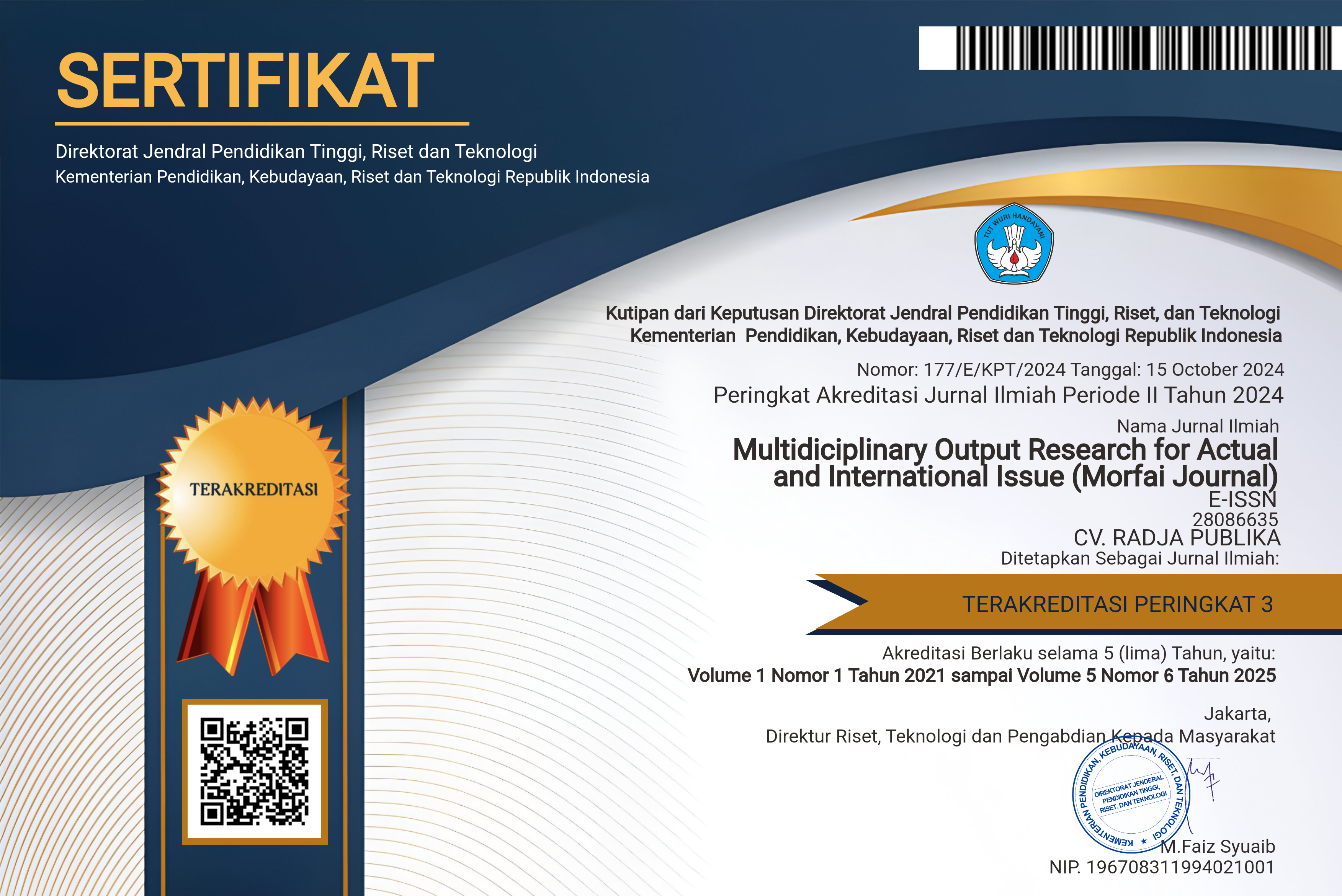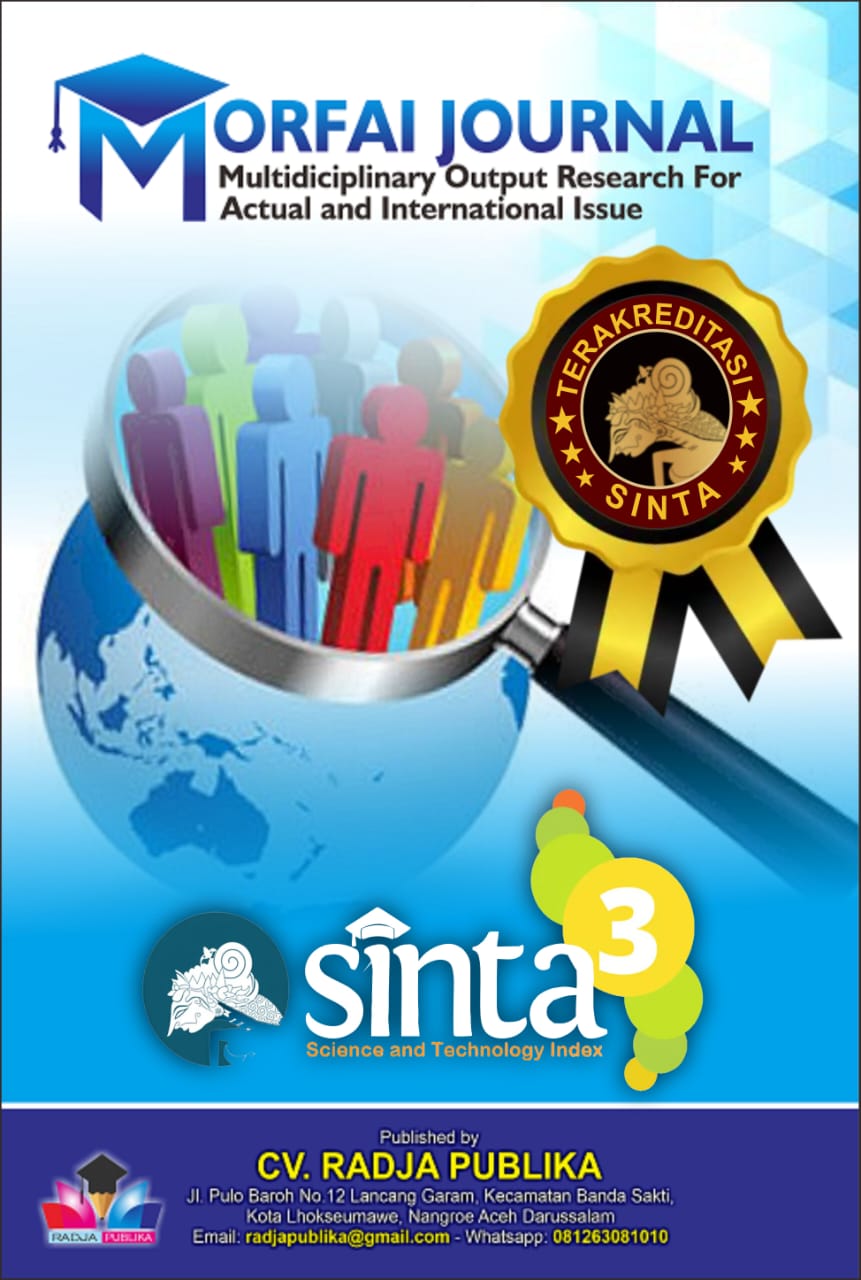LEGAL ANALYSIS OF THE TWO-TRACK SENTENCING SYSTEM FOR CHILDREN COMMITTED AGGRAVATED THEFT IN THE JUVENILE CRIMINAL JUSTICE PROCESS (STUDY OF DECISION NUMBER 1/PID.SUS-ANAK/2025/PN SGL)
Main Article Content
Agusto Imanuel
Muhamad Adystia Sunggara
Enny Agustina
Children are a national asset whose existence is crucial to ensuring the survival of a nation. Therefore, to support this goal, the future of children and their livelihood security must be considered from all aspects, from economics to education to health, and most importantly, legal protection. Legal protection is paramount because today many children are involved in criminal acts, resulting in their status changing to children in conflict with the law, and many are sentenced to prison in Child Development Institutions. This has the potential to threaten the continuity of children's access to educational rights. It must be understood that fostering in a foster institution does not necessarily break the chain of recurrence of criminal acts by children, and placement of children in foster institutions also has the potential to increase the state's financial burden and may lead to overcapacity in society. Therefore, Indonesia is slowly trying to implement a double-track criminal justice system to accommodate the interests of children in conflict with the law so that their rights are still fulfilled. As an analysis of this system, the author attempted to conduct research on the Sungailiat District Court Decision Number 1/Pid.Sus-Anak/2025/PN Pgp. Using a normative legal research method, the author attempts to examine the application of two criminal justice systems in handling juvenile cases. Through a literature review of the collected legal materials, the author found that implementing two criminal justice systems in handling juvenile cases is not easy. Many factors must be ensured for the success of these two criminal justice systems.The child's age as a tool to identify children who may be subject to imprisonment or other criminal penalties, analysis of the community guidance research report, criminal threats against children, a description of the public prosecutor's demands outlining sanctions for the action, the availability of supporting facilities and the budget for implementing the action against the child. Each component supports each other, and if one component is not met, the two-track criminalization formulation cannot be implemented. And this occurs in case handling.Sungailiat District Court Decision Number 1/Pid.Sus-Anak/2025/PN Pgp which ultimately cannot apply the decision to take action against the child even though the conditions for the child to be subject to action have been fulfilled in terms of the actions and the threat of punishment imposed on the child.
Institute Criminal For Justice (ICJR), 2015, Pemidanaan Anak dalam Rancangan KUHP, Jakarta Selatan
Institute Criminal For Justice (ICJR), 2016, Studi Implementasi Penaganan Anak di Pengadilan berdasarkan UU SPPA, Jakarta Selatan,
Institute Criminal For Justice (ICJR), Hukuman Tanpa Penjara Pengaturan Pelaksanaan dan Proyeksi Pemidanaan Non Pemenjaraan di Indonesia
Jonkers, J.E, 1987, Buku Pedoman Pidana Hindia Belanda, Jakarta, Bina Aksara
Muhaimin, 2020, Metode Penelitian Hukum, Mataram, Mataram University Press
Muhammad, Abdulkadir, 2004, Hukum dan Penelitian Hukum, Citra Aditya Bakti, Bandung)
Mulyadi,Lilik, 2007, Putusan Hakim Dalam Hukum Acara Pidana, Bandung, Citra Aditya Bakti
MZ, Peter Mahmud, 2005, Penelitian Hukum, Prenada Media, Jakarta
Oktavianty, Rida Kherin, 2022 , “ Kebijakan Formulasi Pengancaman Dua Jenis Sanksi Pidana terhadap Anak Pelaku Penyalahgunaan Narkotika”, Jurnal Ilmiah dan Hukum Lex Lata, e-ISSN 2657-0343
P, Stanley Oldy 2015 , “Pemidanaan dan Perlindungan Hukum Terhadap Anak yang Menjadi Kurir Narkotika Berdasarkan Undang-Undang Republik Indonesia Nomor 11 tahun 2012 Tentang Sistem Peradilan Pidana Anak,” Lex et Societatis (3),3
Rusli Muhammad, 2006, Potret Lembaga Pengadilan di Indonesia, Jakarta, Raja Grafindo Persada
Sudarto, 2002, Hukum dan Hukum Pidana, Bandung, Alumni
Syakrin , A., 2022, “ Formulasi/Model Sistem Pemidanaan Anak di Indonesia”, Mimbar Yustitia, 2(2)
Tabriah, Andi Vickariaz Said Sampara, Ahyuni Yunus, 2021 “ Efektivitas Penegakan Hukum terhadap Anak sebagai Pelaku Tindak Pidana yang Berulang”, Journal of Lex Generalis, 2(1)
Undang-Undang Nomor 11 Tahun 2012 tentang Sistem Peradilan Pidana Anak
Peraturan Pemerintah Republik Indonesia Nomor 65 Tahun 2015 tentang Pedoman Pelaksanaan Diversi Dan Penanganan Anak Yang Belum Berumur 12 (Dua Belas) Tahun), yang mengatur 2 subtansi UU: Pelaksanaan Diversi Dan Penanganan Anak Yang Belum Berumur 12 (Dua Belas) Tahun) dan Pembimbingan anak belum berumur 12 tahun
Peraturan Pemerintah Republik Indonesia Nomor 8 Tahun 2017 tentang Tata Cara Pelaksanaan Koordinasi, Pemantauan, Evaluasi, dan Pelaporan SPPA
Peraturan Pemerintah Republik Indonesia Nomor 9 Tahun 2017 tentang Pedoman Register Perkara Anak dan Anak Korban
Peraturan Pemerintah Republik Indonesia Nomor 58 Tahun 2022 Tentang Tata Cara Pelaksanaan Pidana dan Tindakan terhadap Anak
Peraturan Presiden Nomor 175 tahun 2014 tentang Pendidikan Dan Pelatihan Terpadu Bagi Penegak Hukum dan Pihak Terkait Mengenai Sistem Peradilan Pidana Anak
Peraturan Presiden Nomor 75 Tahun 2020 tentang Pelaksanaan Hak Anak Korban dan Anak Saksi
Putusan Pengadilan Negeri Sungailiat Nomor 1/Pid.Sus-Anak/2025/PN Pgp









